A deadly Dreamliner crash in India and a wing collision in Greece have once again put Boeing in crisis mode. As confidence in the aircraft maker hits new lows, here’s what must change.
Boeing's troubles deepened this week after two high-profile aviation incidents raised serious safety questions. A Ryanair flight operating a Boeing 737 sustained heavy wing damage while moving on the runway at Kalamata International Airport in Greece. This follows the recent tragic crash involving an Air India Dreamliner as concerns increase over the aircraft manufacturer's reliability.
Flight FR6080 had landed safely in southern Greece after severe turbulence but struck a red-and-white barrier while taxiing, damaging one of its wings. Emergency crews rushed to the scene, but passengers were ordered to remain onboard despite visible damage and growing fears of a fire. One traveler recounted the announcement directing everyone to wait for the fire brigade while staying seated inside the damaged aircraft.
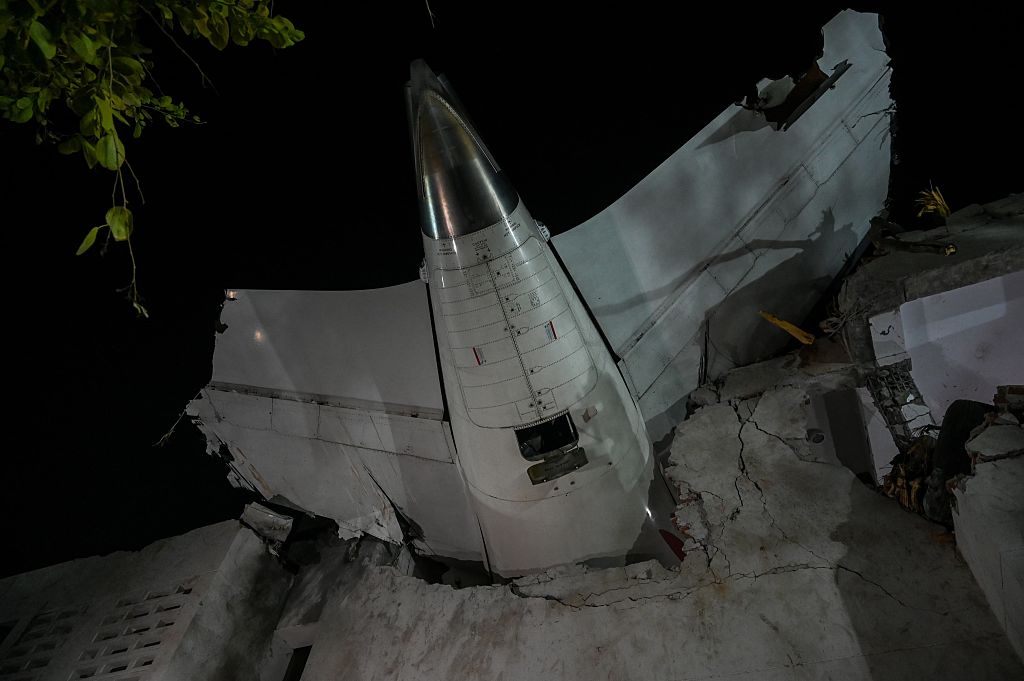
The Ryanair incident came days after an Air India crash that claimed one of the highest casualty counts in aviation history. The Boeing 787 Dreamliner involved had undergone a detailed inspection just a year prior, in June 2023, and was not due for another major check until December 2025. Both engines had also been maintained, the right in March, and the left in April, said the CEO of Air India.
Air India has since launched inspections across its fleet of 33 Dreamliners. As of now, checks on 26 aircraft have been completed. In light of the review, operational restrictions, and tightened night-flight rules, the airline has cancelled several routes. CEO Campbell Wilson confirmed that international operations will be reduced by 15% from June 20 to mid-July, with the aim of freeing up more aircraft to act as backups.
The repeated setbacks have put Boeing under intense pressure from regulators, airlines, and passengers worldwide. While each incident has its own circumstances, the broader pattern has forced the industry to confront growing doubts about safety and negligence. This isn’t the first time Boeing has faced public backlash over safety concerns. The company has spent the past few years trying to recover from the 737 MAX disasters, production halts, whistleblower complaints, and FAA interventions. But the latest incidents involving the deadly Dreamliner crash in India and the Ryanair collision in Greece signal something more pressing, that the trust gap isn’t closing. If anything, it's widening.
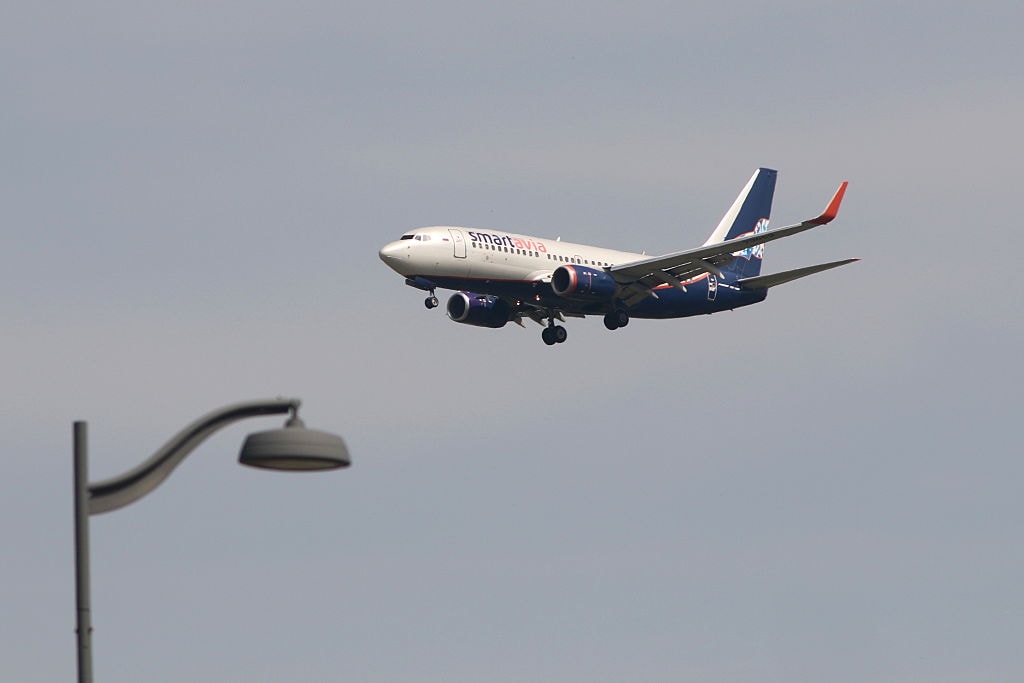
Despite internal audits and public assurances, recurring technical faults and operational negligences have exposed the cracks in Boeing’s system. And not just in hardware, but also in the company’s response mechanism. The Air India crash, that had undergone multiple inspections within a year, raises questions about the reliability of aircraft post-maintenance. The Ryanair case, though less catastrophic, has once again put a spotlight on manufacturing issues and post-delivery oversight. Public and airline confidence is waning.
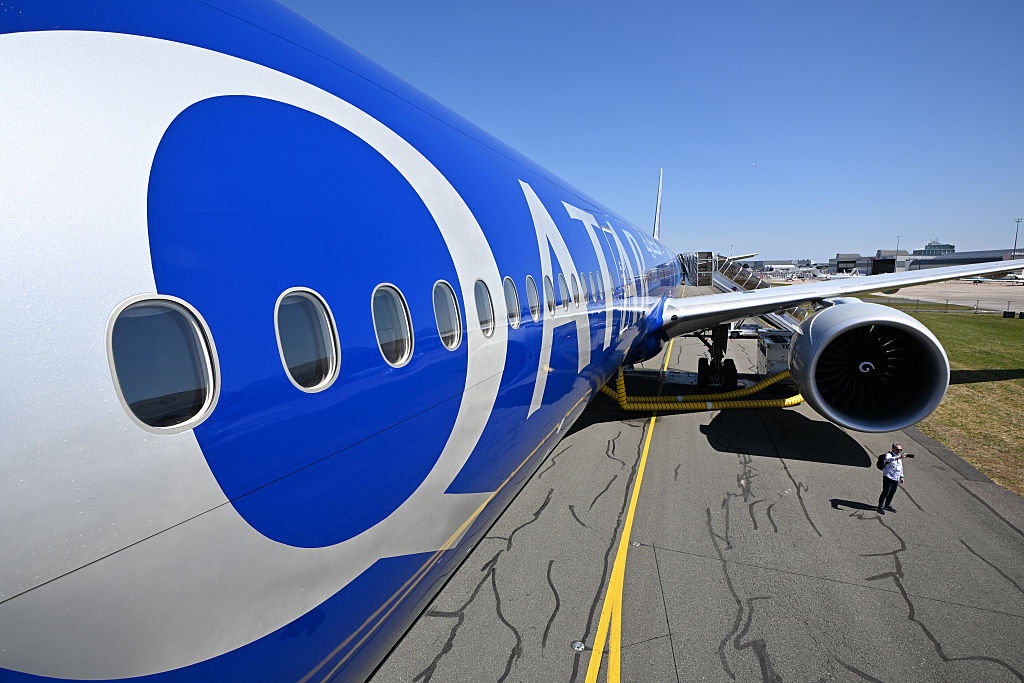
Boeing must include dedicated teams with major airline clients, including those in India and Europe to track the condition and handling of aircraft over time. Every component, every maintenance cycle, every update needs a line of sight that Boeing controls or co-monitors, especially for massive planes like the 787s.
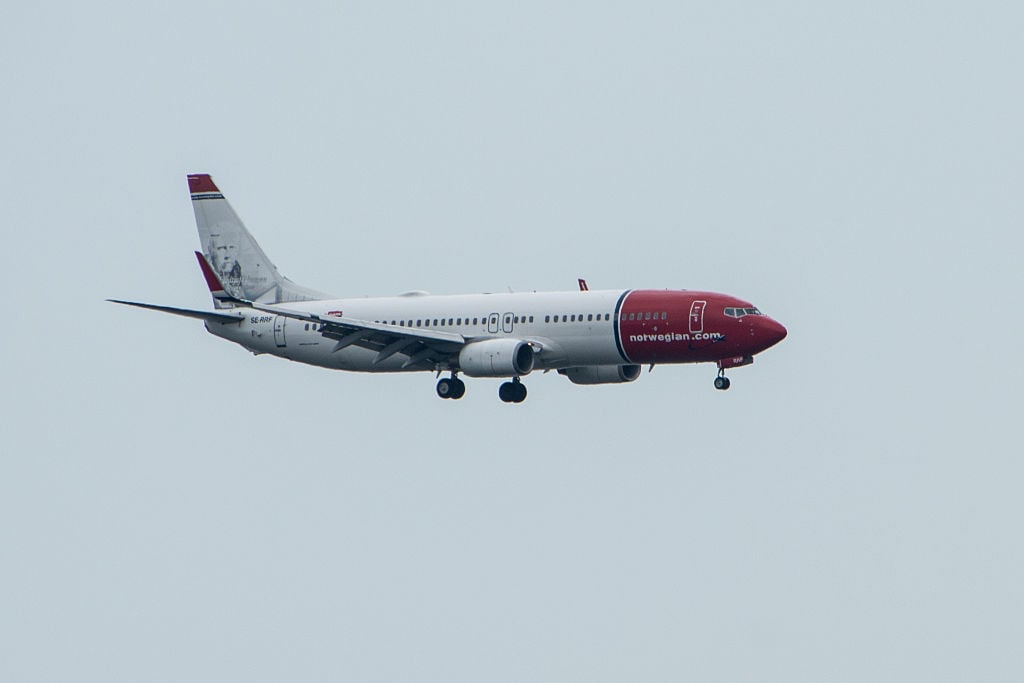
Boeing needs to empower engineers, and not just spokespeople, to be the faces of these investigations and recovery plans. Whether it's the Dreamliner inspections in India or component failures in Europe, accountability should be presented by those who understand the system from within, not executives reading pre-cleared statements.
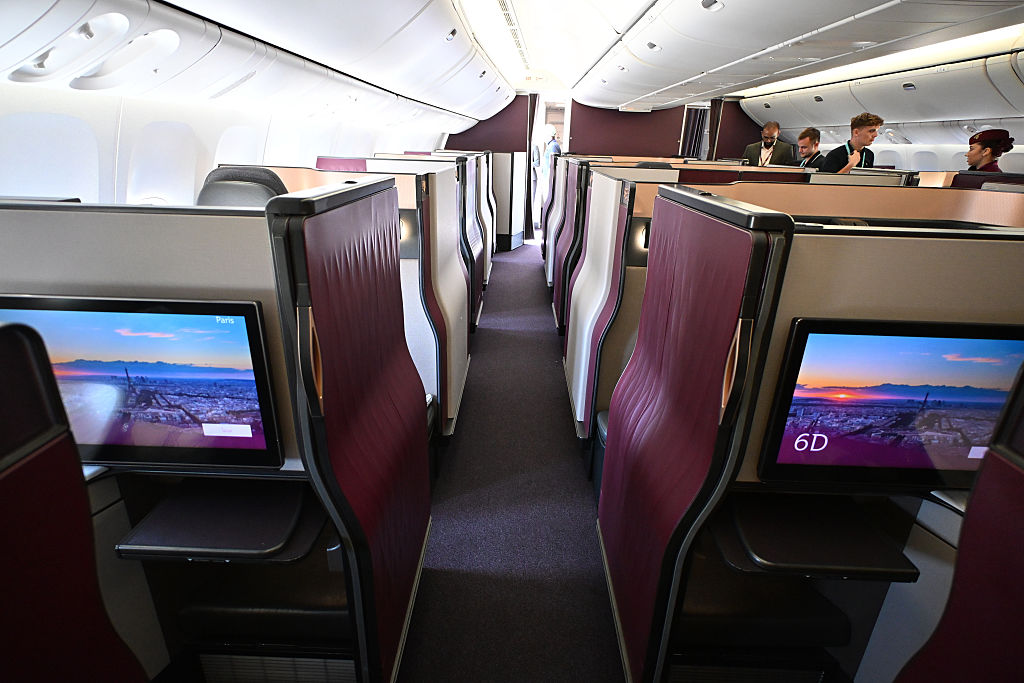
The FAA isn’t the only body Boeing must answer to anymore. With a crash involving Air India, Boeing must engage with India’s DGCA with the same urgency and openness it would show to U.S. bodies. That includes sharing component reports, maintenance logs, and real-time updates on fleet reviews. The same applies to European aviation regulators post-Greece incident.
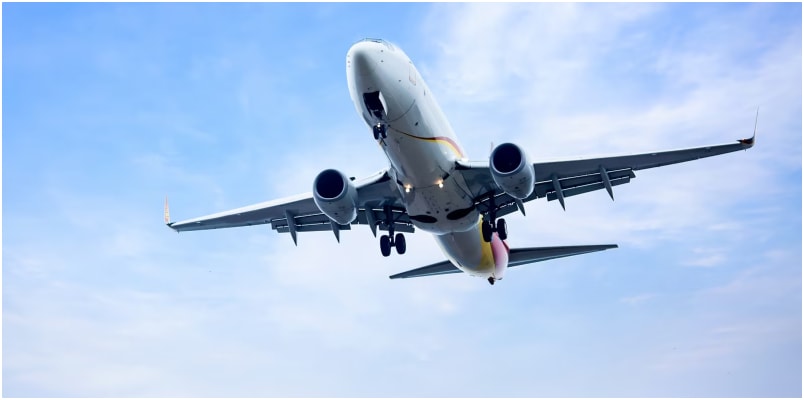
It’s time for Boeing to open its internal reviews to outside voices, including those of airline operators and consumer groups. An independent safety taskforce with oversight on design, delivery, and incident response must be created thus aligning technical safety with on-ground realities faced by airlines and passengers.
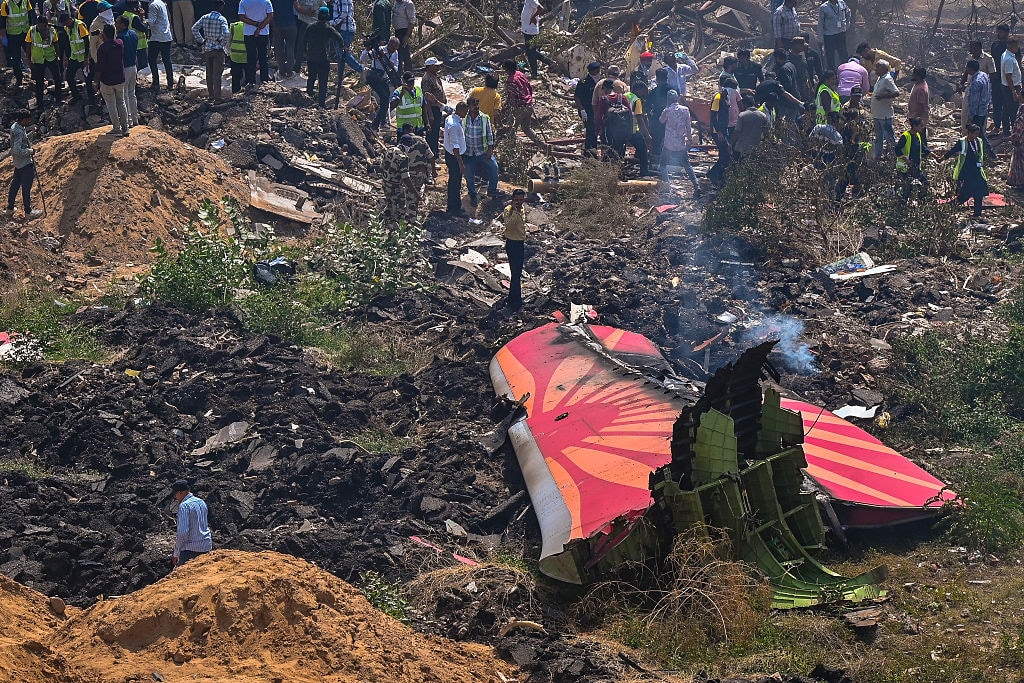
Boeing is expected to ramp up production in the second half of 2025. That roadmap should be revisited. There’s no point in scaling if existing lines have vulnerabilities. Until its current 787 fleet clears a third-party supervised review, any aggressive expansion could backfire, financially and reputationally.
You may also like

IndiGo Srinagar turbulence: DGCA orders corrective training for pilots, calls for 'safety over schedule' adherence

From a slum in Delhi to standout performances in RPL, Javed Hussain of Hyderabad Heroes has an inspiring journey

Royal Family LIVE: Meghan Markle sent major warning over Archie and Lilibet pictures

Tennis LIVE: Coco Gauff reveals 'gross' boyfriend abuse as Jannik Sinner put in his place

Watch: Puneet Superstar says 'meine Islam qubool karliya hai'







